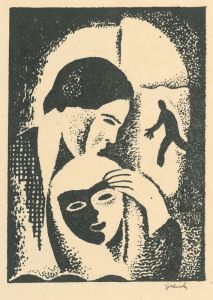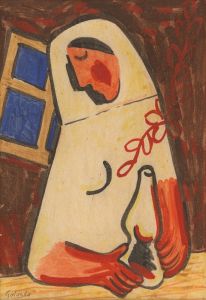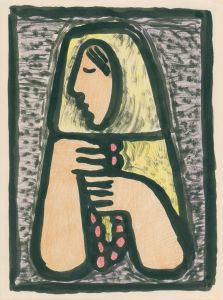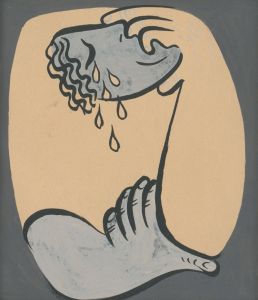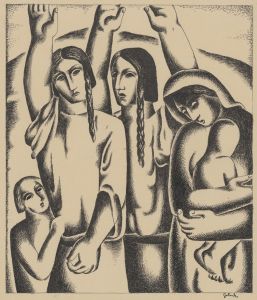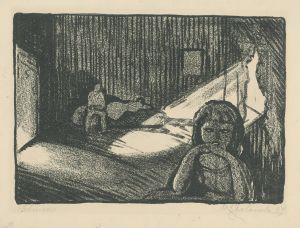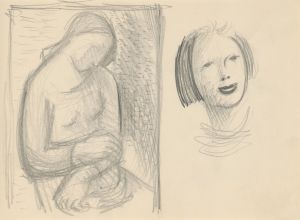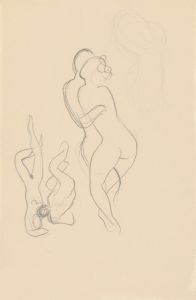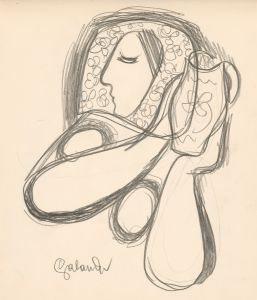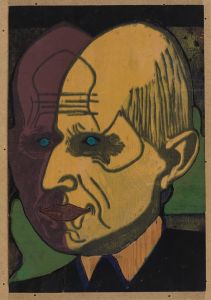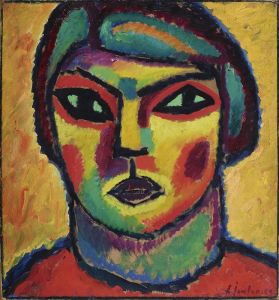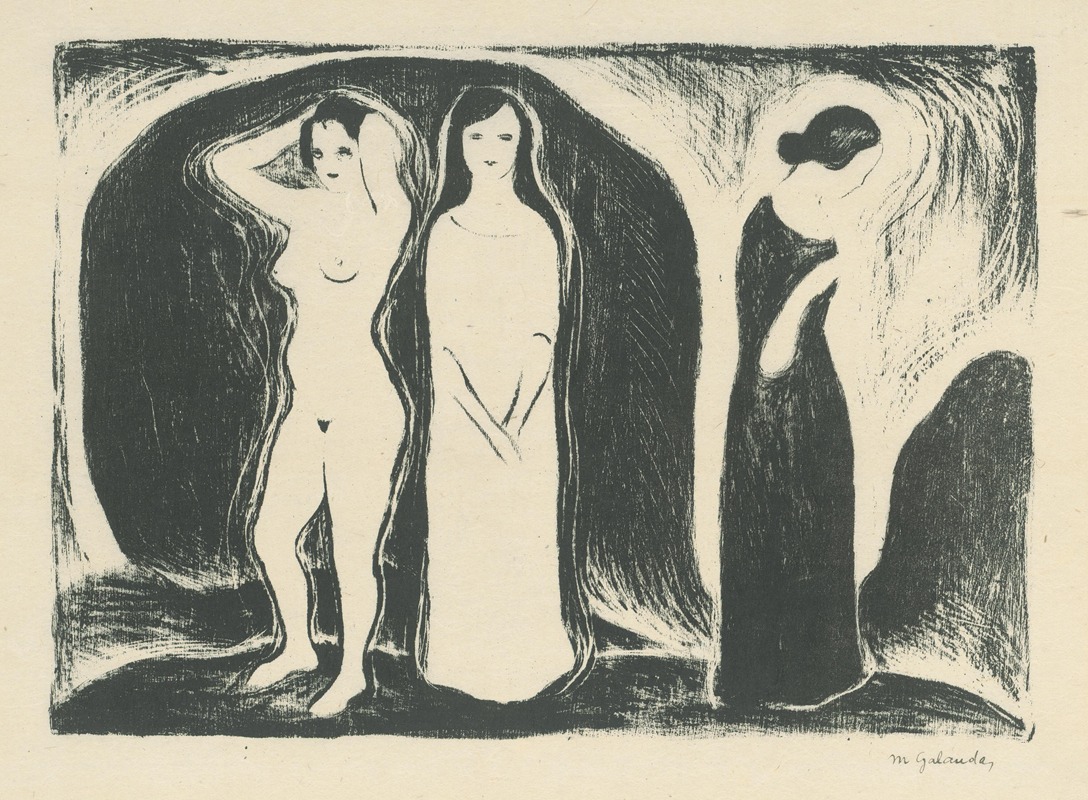
Žena v troch podobách
A hand-painted replica of Mikuláš Galanda’s masterpiece Žena v troch podobách, meticulously crafted by professional artists to capture the true essence of the original. Each piece is created with museum-quality canvas and rare mineral pigments, carefully painted by experienced artists with delicate brushstrokes and rich, layered colors to perfectly recreate the texture of the original artwork. Unlike machine-printed reproductions, this hand-painted version brings the painting to life, infused with the artist’s emotions and skill in every stroke. Whether for personal collection or home decoration, it instantly elevates the artistic atmosphere of any space.
Mikuláš Galanda was a Slovak painter and illustrator, recognized as one of the leading figures in the development of modern art in Slovakia during the early 20th century. His work is characterized by a unique blend of modernist styles, including elements of expressionism, cubism, and symbolism, which he adapted to reflect Slovak cultural themes and motifs. One of his notable works is "Žena v troch podobách," which translates to "Woman in Three Forms."
"Žena v troch podobách" is a painting that exemplifies Galanda's exploration of the female form and his interest in portraying women as multifaceted subjects. This work is part of his broader oeuvre that often depicted women, not only as aesthetic subjects but as symbols of broader cultural and existential themes. Galanda's portrayal of women frequently involved a synthesis of traditional Slovak elements with modernist techniques, reflecting his commitment to both innovation and cultural heritage.
In "Žena v troch podobách," Galanda employs a modernist approach to depict the female figure in three different forms or states. This tripartite representation can be seen as a reflection of the complexity and diversity of the female experience. The painting is noted for its use of bold lines and simplified forms, which are characteristic of Galanda's style. His use of color is also significant, often employing a palette that enhances the emotional and symbolic resonance of the work.
Galanda's work, including "Žena v troch podobách," played a crucial role in the development of Slovak modern art. He was part of the "Generation of 1909," a group of Slovak artists who were instrumental in introducing modernist ideas to Slovak art. This group sought to break away from the academic traditions of the 19th century and to create a new artistic language that was both contemporary and reflective of Slovak identity.
Throughout his career, Galanda was deeply influenced by the broader European avant-garde movements, yet he maintained a distinct personal style that was deeply rooted in his Slovak heritage. His work often incorporated elements of Slovak folklore and rural life, which he reinterpreted through a modernist lens. This synthesis of the local and the modern is a hallmark of his artistic legacy.
Galanda's contributions to Slovak art extend beyond his paintings. He was also an accomplished illustrator and graphic artist, contributing to various publications and artistic journals. His work in these fields further demonstrates his versatility and commitment to advancing Slovak culture through art.
"Žena v troch podobách" remains an important work within Galanda's oeuvre and within the context of Slovak art history. It exemplifies his ability to merge modernist techniques with traditional themes, creating works that are both innovative and culturally resonant. Galanda's legacy continues to influence Slovak artists and is celebrated for its role in shaping the trajectory of modern art in Slovakia.
In summary, Mikuláš Galanda's "Žena v troch podobách" is a significant work that reflects the artist's modernist approach and his dedication to Slovak cultural themes. Through his innovative style and thematic focus, Galanda has left an indelible mark on the history of Slovak art.






